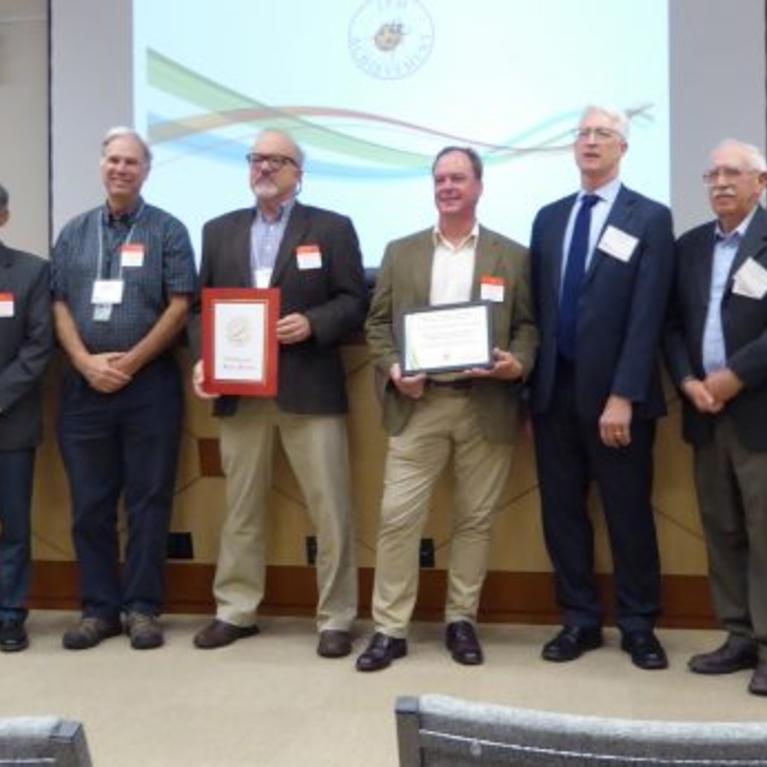
Asian Citrus Psyllid Biocontrol Taskforce Awarded the 2017 California Department of Pesticide Regulation IPM Achievement Award
Mark Hoddle, Director, Center for Invasive Species Research, University of California Riverside 2017 IPM Achievement Awards for advancing reduced-risk pest management practices through innovation, leadership, and education and outreach. On 13 February 2018 at the California Environmental Protection Agency Headquarters in Sacramento, the Asian Citrus Psyllid Biocontrol Taskforce was awarded the Integrated Pest Management (IPM)...
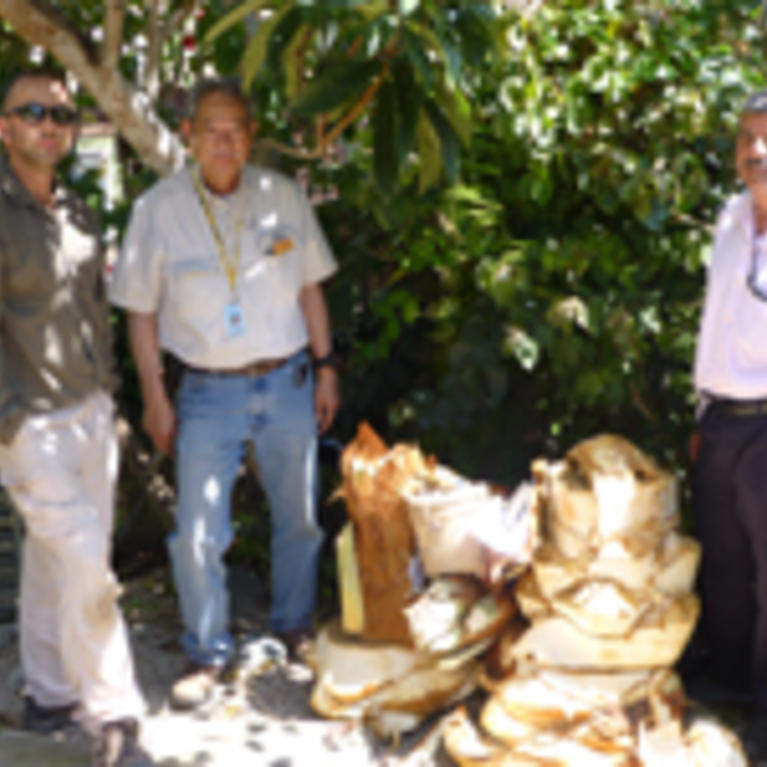
The Palm Weevil, Rhynchophorus vulneratus, Successfully Eradicated from California
Fig. 1. Rhynchophorus vulneratus, the palm weevil discovered in Laguna Beach, California in October 2012. Fig. 2. Red palm weevil, Rhynchophorus ferrugineus, adult, larva (white grub), and pupa extracted from a Canary Islands date palm in France. Fig. 3. Dead Canary Islands date palm killed by R. vulneratus in Laguna Beach. Fig. 4. Red palm...

First Official Release of Diaphorencyrtus aligarhensis in California for the Biological Control of Asian Citrus Psyllid
The Problem Asian citrus psyllid (ACP) is a serious threat to California’s citrus because it spreads a bacterium that causes a lethal disease of citrus, huanglongbing, which was first detected in Hacienda Heights, Los Angeles County in March 2012. One way to reduce the rate of spread of HLB is to reduce the populations of...
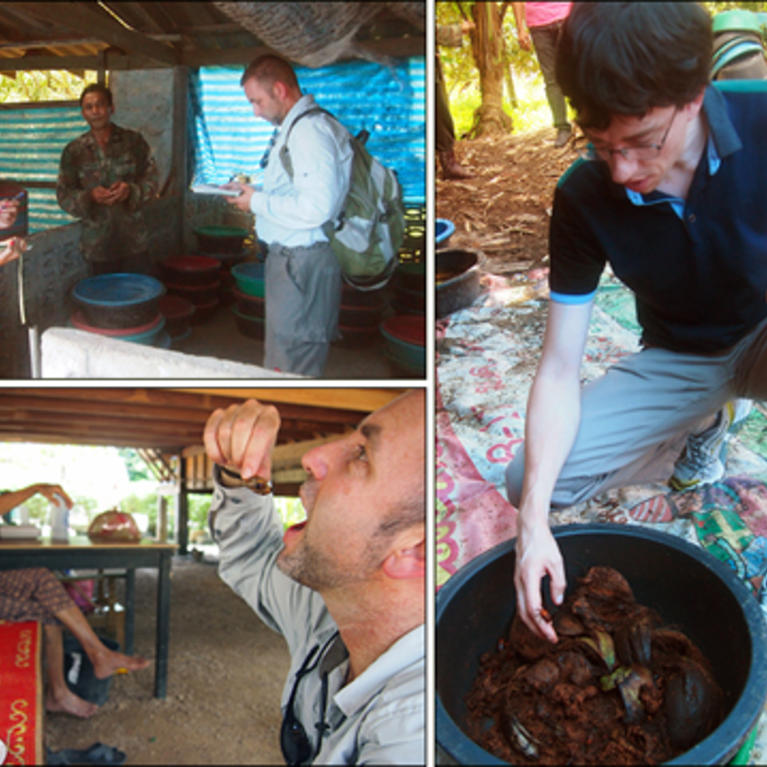
Entomophagy: Farming Palm Weevils for Food
Article by Mark S. Hoddle, Department of Entomology, University of California, Riverside CA 92521, USA Background: Entomophagy is the consumption of insects by humans for food. This is an ancient practice that tends to be concentrated in certain parts of the world, notably tropical and sub-tropical regions, where there is a diversity of large insects...
By Mark Hoddle |
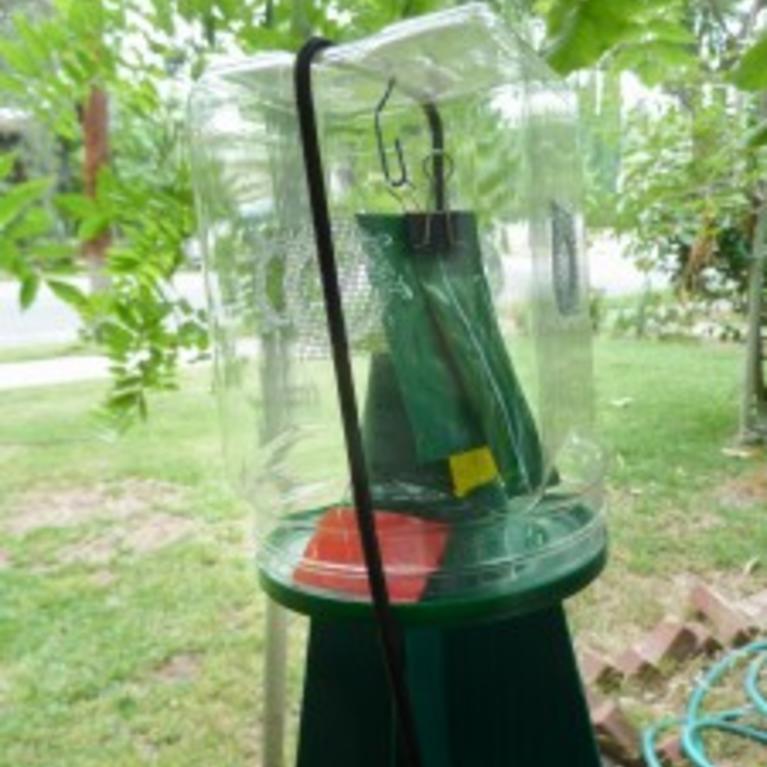
Pheromone Trapping Program for the Brown Marmorated Stinkbug
A Pheromone Trapping Program for the Brown Marmorated Stinkbug ( Halyomorpha halys) Begins in Los Angeles County, California Brown marmorated stinkbug (BMSB), Halyomorpha halys (Hemitpera: Pentatomidae), is an invasive insect pest native to China, Japan, Korea, and Taiwan. It was first discovered and officially documented on the east coast of the USA around 1998. This...
By Mark Hoddle |

Searching for natural enemies of the goldspotted oak borer in Arizona
Written by: Vanessa Lopez (Ph.D. Candidate, UC Riverside) Mark Hoddle, Ph.D. (Biological Control Specialist and Principal Investigator) Photos by: Mike Lewis and Vanessa Lopez Background The goldspotted oak borer (GSOB), ( Agrilus auroguttatus) (Coleoptera: Buprestidae),is a recent pest of native oak trees in southern California. This fairly small beetle (about 10 mm long and 2...
By CISR Team |
Has the Red Palm Weevil Gone Extinct in Laguna Beach?
The Situation: On 27 March 2013, a Canary Island palm on the Pacific Coast Highway that had been previously inspected and treated for red palm weevil (RPW) infestation in June 2011 was removed by MPA Landscape Services (Chuck Galanti). The palm was removed because it was causing structural problems to an adjacent building, and notbecause...
By Mark Hoddle |
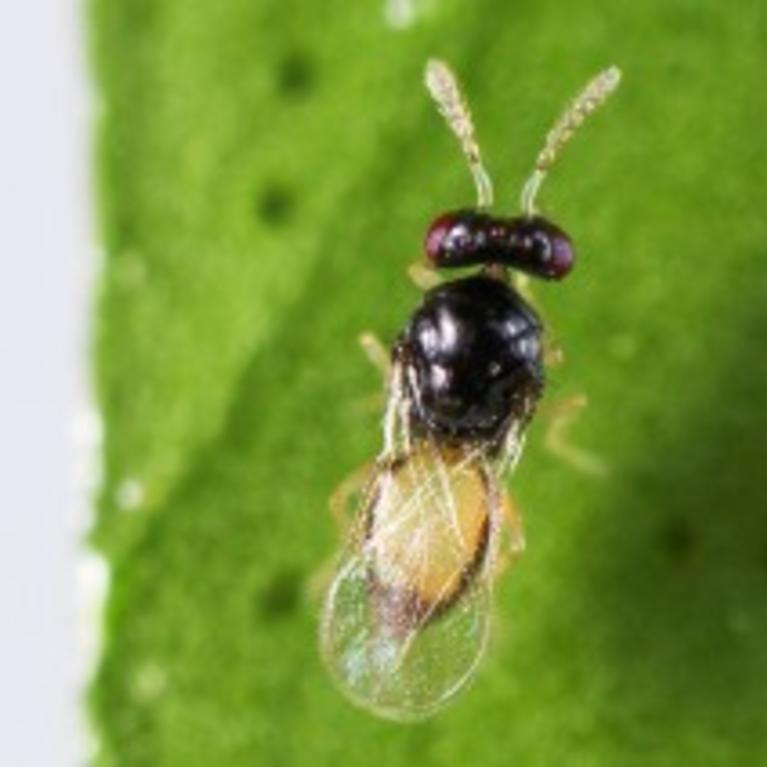
Has the Asian Citrus Psyllid Parasitoid, Tamarixia radiata, Established in California?
The Problem: Tamarixia radiata , a tiny parasitic wasp has been imported into California from the Punjab of Pakistan to attack nymphs of Asian citrus psyllid (ACP) , a serious citrus pest that has established wide spread populations in the counties of Los Angeles, San Bernardino, and Riverside (significantly smaller populations are known in Imperial...
By Mark Hoddle |
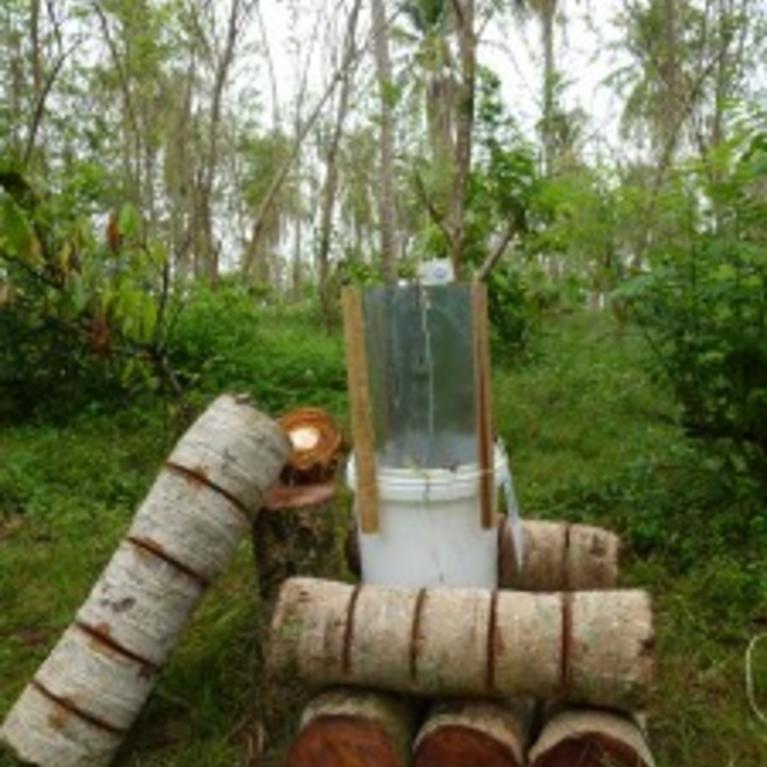
Testing a New Trapping Program for Red Palm Weevil in Laguna Beach California
Since the first official detection of red palm weevil (RPW) in September 2010, the California Department of Food and Agriculture has been running a pheromone trapping program for this pest in Laguna Beach. As part of this trapping program, CDFA is monitoring 153 traps that are set up in two different patterns. The core area...
By CISR Team |
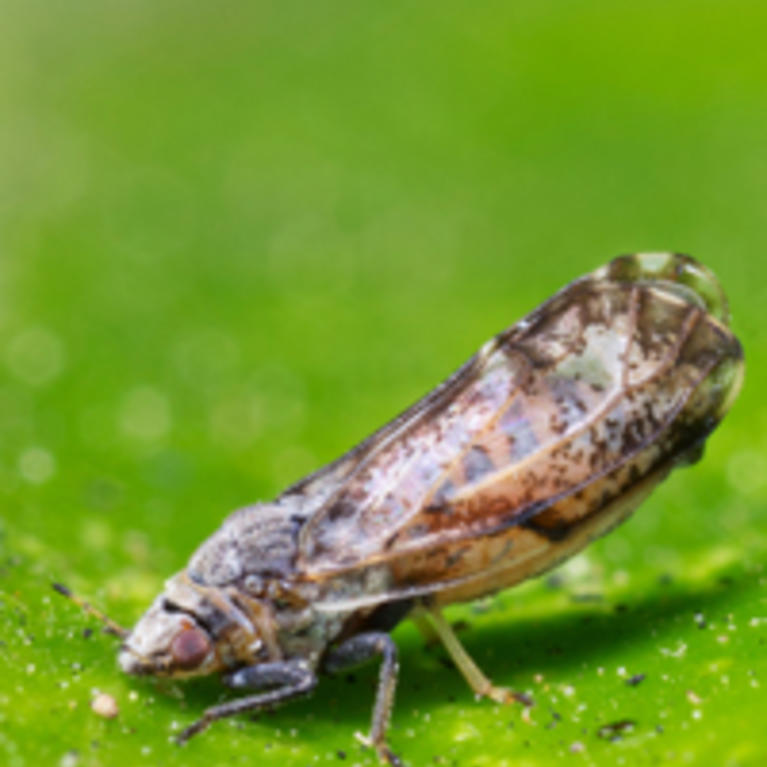
Huanglongbing Detected in Hacienda Heights, Los Angeles County
The Situation: On Thursday April 5 2012, after about a week of testing, the California Department of Food and Agriculture (CDFA) removed a pumelo tree with a lemon graft from Hacienda Heights in Los Angeles County after the tree and an Asian citrus psyllidfound on the tree both tested positive for a lethal citrus disease...
By Mark Hoddle |
Let us help you with your search